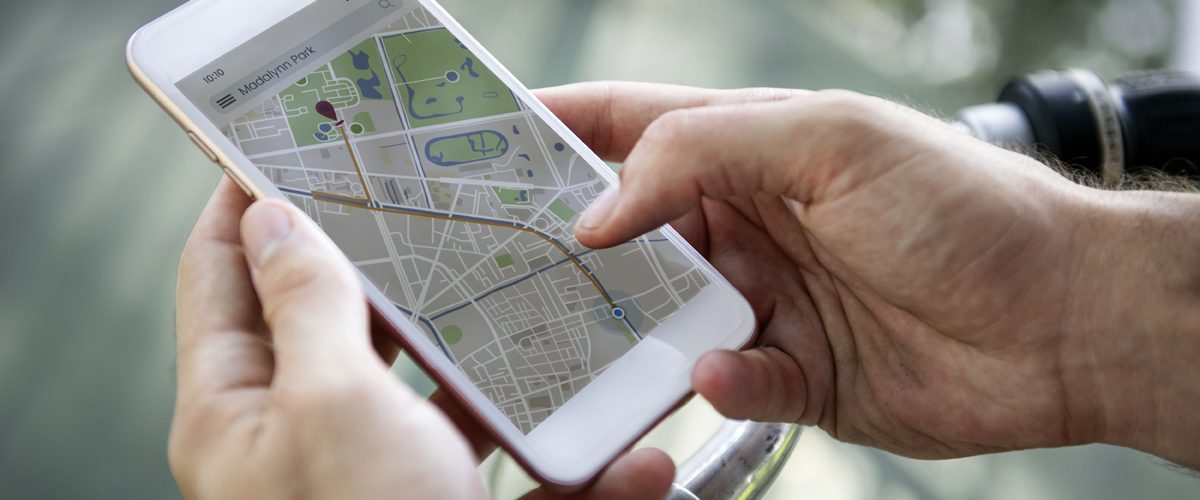What is Local SEO?
Local SEO (Search Engine Optimization) is the process of improving search engine visibility for local businesses, primarily those with brick-and-mortar locations. By following local SEO best practices, businesses can improve organic traffic from searches performed by customers in nearby areas.
To gather information for local search, search engines rely on signals such as local content, social profile pages, links, and citations to provide the most relevant local results to the user.
Local SEO Tips:
- Optimize for Google My Business.
- Engage on social media and add posts to Google My Business.
- Ensure your name, address, and phone number are consistent online.
- Optimize online directories and citations.
- Perform a local SEO audit.
- Optimize URL, title tags, headers, meta description, and content.
- Add location pages to your website.
- Create local content.
- Ensure your website is mobile-friendly.
Local SEO:
- Local SEO is the SEO practice to increase traffic, leads and brand awareness from local search.
- Common tasks associated with local SEO include finding local keywords, optimizing a business’s Google My Business profile, and building “NAP” citations (Name, Address & Phone Number).
- Now, 46% of searches on Google have local intent.
- Local SEO is effective way to market your local business online.
Local SERP’s:
- Local Pack or 3-Pack, this is the block of three business listing that appear below the map in the results displayed after a Google Search with local intent.
- Everything displayed on local pack come from Google My Business.
Google My Business
- Google My Business is free tool
- As business owner GMB enable you to update your business NAP, working hours, menu, products, services and more.
Local SEO has a set of unique ranking signals, including:
- Presence of Google My Business listing
- Google My Business Categories
- Photos on Google My Business Page
- Google Maps star rating for that business
- Keywords used in Google My Business profile
- Online Directories/Citations
- Listings on Review Sites (Yelp, Glassdoor)
- Number of Positive Reviews
- Reviews with Keywords & Location
- Reviews with Responses
- Percentage of Negative Reviews Not Responded To
- Create a Facebook Business Page
- Social Listings (e.g., Twitter, LinkedIn, Instagram)
- Consistent NAP (Name, Address & Phone Number)
- Mobile Responsiveness
- Structured Data Markup
- Click-Through Rates from Search Results
- Localized Content
- Optimization for Keyword + Location
- Add Location keyword in Title + Meta Description
- Inbound Links from Local Relevant Sites
- The location that the person is searching from
Content for Local SEO & Business
- City, Region or Location specific landing page
- FAQ. Focus on local questions
- Best of Guides (Ex. Blogs Guides)
- Connect with local influencers & create content around them
- Partner your content with Local Websites.
Local SEO Audit
- NAP (Name, Address, Phone Number)
- Social Pages
- Title, Description should be local SEO friendly
- Local Business place page in Facebook
- Register with other local websites
- Just Dial
- India Mart
- Quickr
- OLX




























Add comment